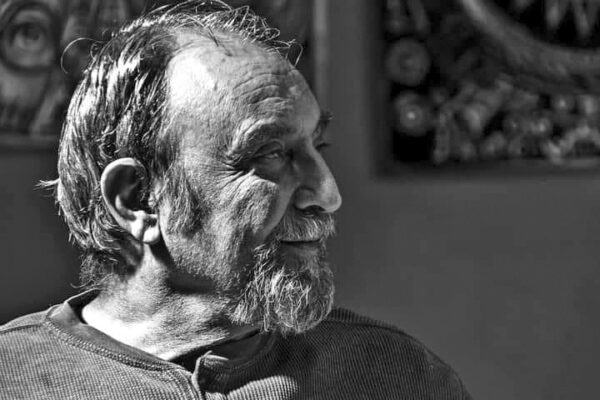YEREVAN/PATZCUARO, MICHOACAN, MEXICO — Vatche Geuvdjelian (born 1956, Addis Ababa, Ethiopia) is a painter and poet, who divides his time between Canada and Mexico. In 1978, he moved to Ontario, Canada. At age 5, he had moved to Beirut, Lebanon, with his family, where he attended primary and secondary schools. Later he studied at Kingswood School (England) and Haigazian College (Beirut), before continuing his undergraduate studies at New England College (England). He graduated the US campus of the same learning institute at Henniker, NH. From 1978 to 1982, he resided in Toronto, attending art classes at The Three Schools in Toronto. By 1981 he became a Canadian Citizen and in 1982 he established his permanent studio in Mexico.
Geuvdjelian has exhibited his art at galleries in Toronto and Los Angeles as well as in various art institutes in Mexico.
Dear Vatche for several years I have followed your creations and admired the expressive richness of your art. You have lived in different countries and studied and absorbed their cultures. Do you feel yourself a cosmopolitan artist or otherwise?
Mine is a universalist viewpoint. Yes, my roots are in Ethiopia, Lebanon and the western European urban cultures, but my experiences have branched out into North America and have juxtaposed with Mexican mestizo and native cultures. I am a human voice, expressing a human experience.
But my Armenian roots and genes are always there like a filter to all my perceptions. Haik Nahabed, Vahagn and Anahid are always bringing their archetypal messages into my thoughts, mixed together with Quetzalcoatl and Huitzilopotchli. Siamanto and Daniel Varoujan are here with me as I branch out and experience Jorge Luis Borges and Gabriel Garcia Marques. The native Huichol perceiving a magical world mixes with Anoushavan Sos and Ara Keghetzig. But ultimately, I am only stardust taking human form, only for a short stay.

You live in Pátzcuaro, where people speak the indigenous language, Purépecha. Do you speak that language?









